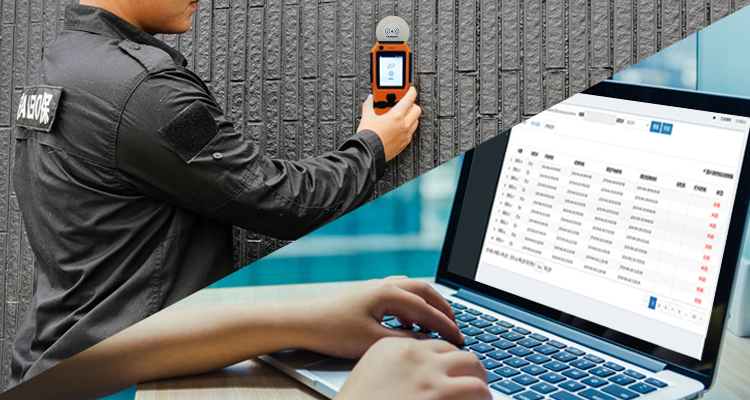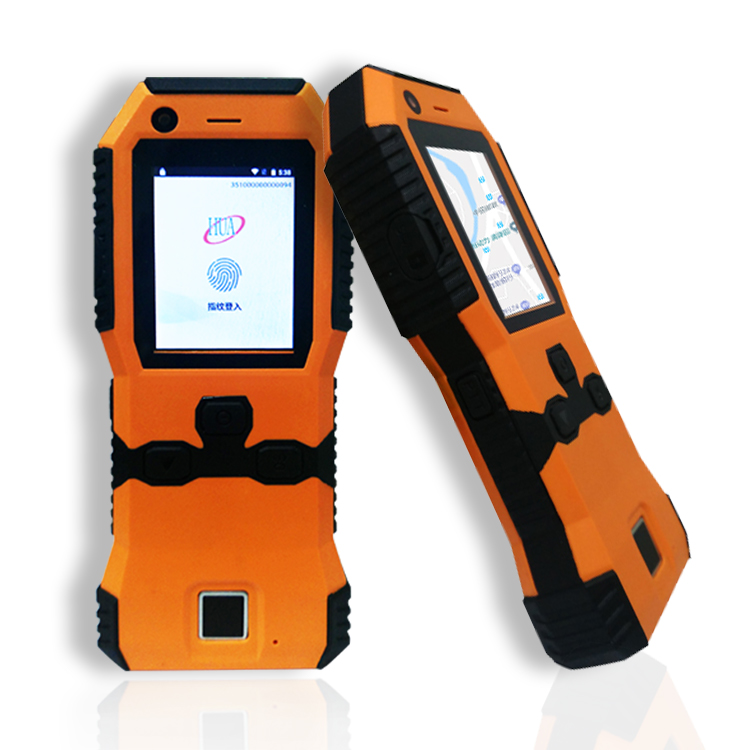

One of the most essential features that every patrol tour system should have is the ability to collect real-time data during patrols. Real-time data collection enables security personnel to instantly record and submit reports on their activities, location, and time spent at various checkpoints. This feature ensures that security teams meet their deadlines and accurately record their actions.
Patrol tour systems that collect real-time data can send updates directly to a central control system or cloud-based platform, helping supervisors monitor patrols in real time. This allows managers to quickly assess the situation, identify issues, and make necessary adjustments without waiting for end-of-shift reports.

GPS tracking is an integral feature of any patrol tour system. It ensures security guards follow the correct patrol routes and sign in at designated checkpoints. GPS tracking improves patrol efficiency and provides accurate, real-time data on security guards' locations.
With a GPS-enabled patrol tour system, managers and supervisors can remotely monitor security guards' movements to confirm they are in the right place at the right time. The system alerts management to an anomaly if a security guard deviates from the scheduled route or misses a checkpoint. This helps ensure security personnel monitor every part of the property correctly and provides extra security against human error or negligence.
A patrol tour system should be easy for the security guards on site and the managers overseeing the system. A user-friendly interface simplifies recording patrol data, managing checkpoints, and generating reports. Security teams can focus on their primary tasks when equipped with an intuitive, easy-to-use system. Security guards should be able to quickly access the information they need, whether it is a list of scheduled checkpoints, a map of the patrol area, or reminders to record data. Likewise, managers should be able to access real-time reports and historical data with just a few clicks of the mouse, allowing them to make informed decisions and oversee operations effectively.

Patrol systems with automatic alerts and notifications improve efficiency and safety. Various events, such as missed checkpoints, deviations from the planned route, or equipment failures, can trigger these alerts. When something unexpected happens during a patrol, the system immediately sends a notification to the supervisor or security manager, who can react accordingly. If a security guard skips a checkpoint or fails to sign in on time, the system immediately notifies the manager, allowing them to resolve the issue before it escalates. Similarly, the on-site security team and relevant departments can be automatically notified in an emergency, streamlining the response process.
The hardware used in a patrol tour system is just as important as the software features. Security personnel often work in challenging environments, whether in an outdoor area, a warehouse, or a large corporate office. Therefore, the patrol system's physical components must be durable and withstand harsh conditions.
A reliable patrol tour system should be equipped with rugged, waterproof, and shockproof equipment to withstand the job's physical demands. Security personnel may need to use the system in inclement weather, low-light environments, or areas with high foot traffic, so the equipment must be designed to operate smoothly in all situations. In addition, a sound patrol system should have a long battery life to ensure the equipment can still be used commonly during long shifts without constant charging.
A patrol system is a powerful tool that can improve security operations' efficiency, accountability, and effectiveness. Five basic features will ensure your patrols are carried out efficiently and safely.